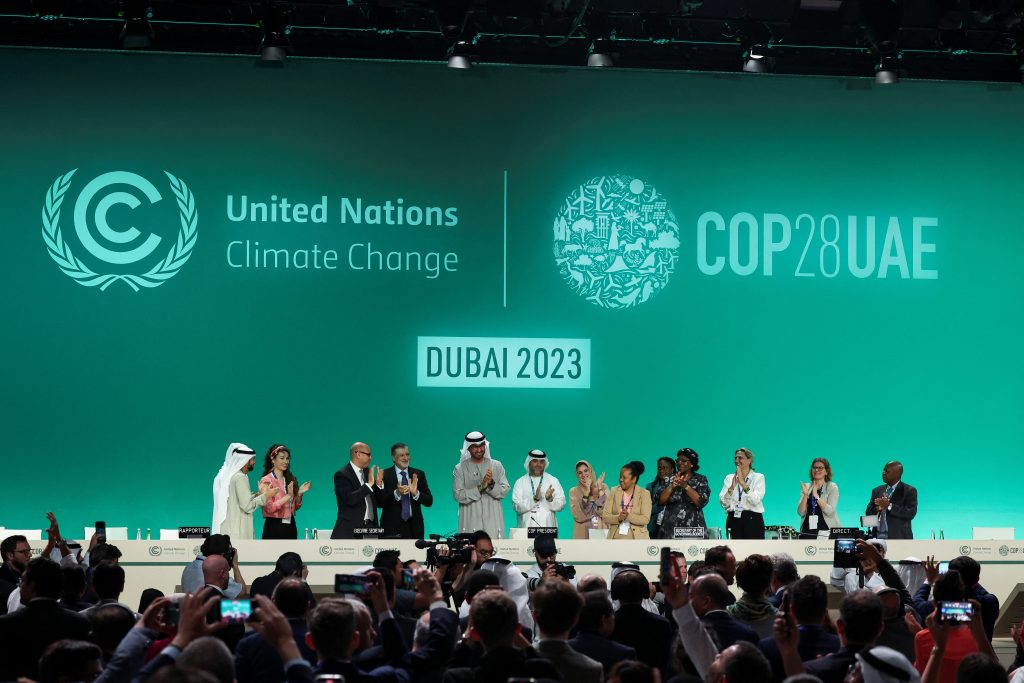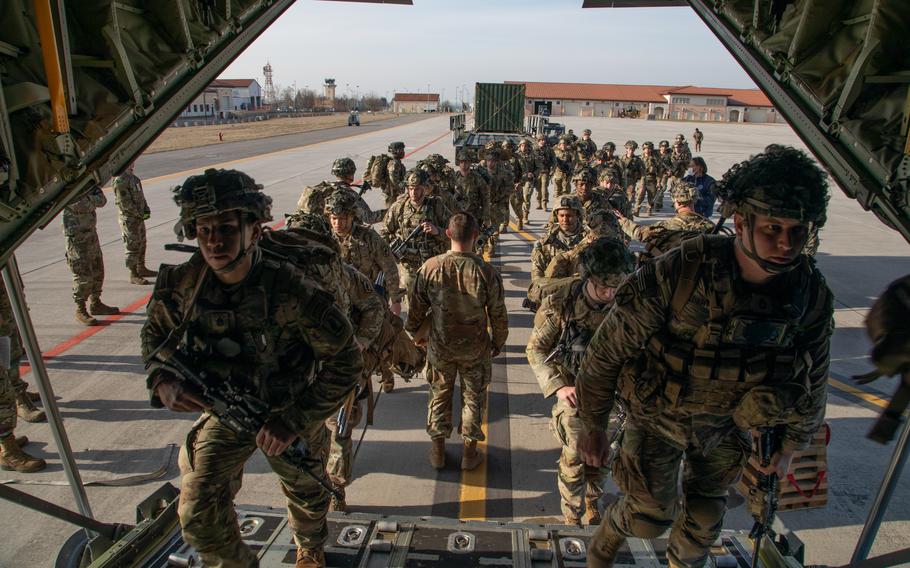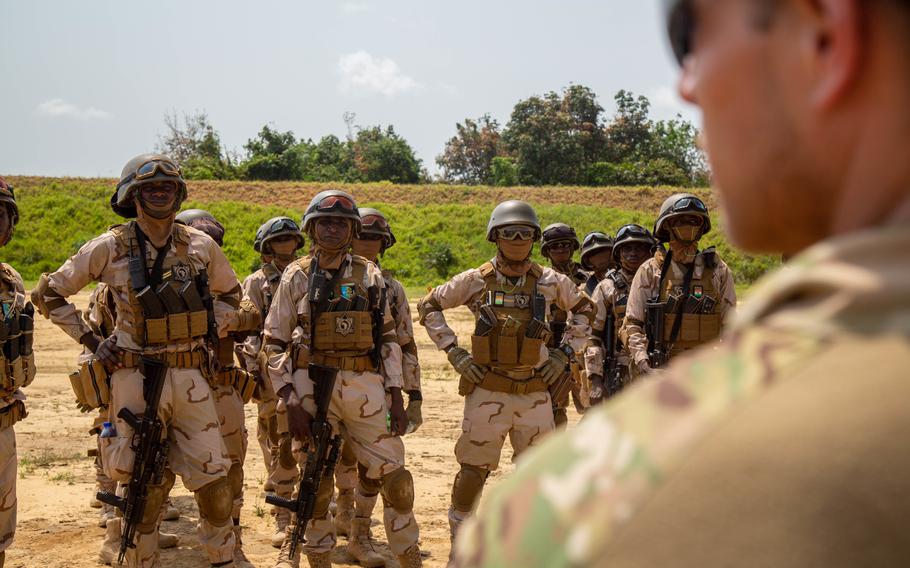Fuad Shahbazov
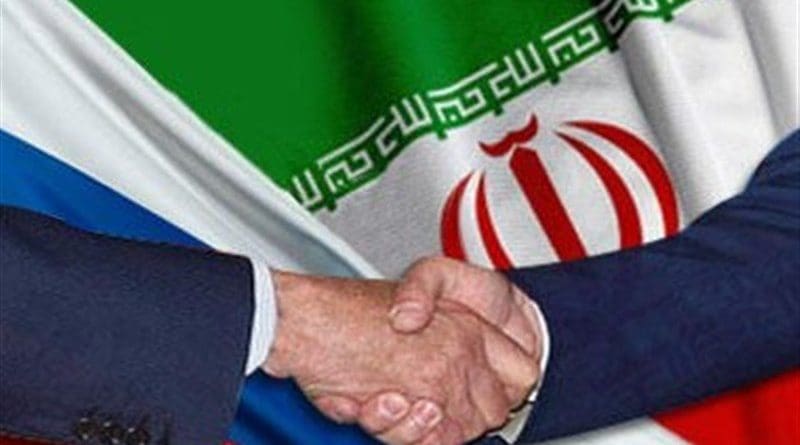
On November 28, Iranian state media reported that Tehran had finalized a long-awaited deal with Russia to procure Sukhoi Su-35 fighters jets, attack helicopters, and military trainer aircraft. Although some sources dubbed the announcement as another round of government speculation, Iranian Deputy Defense Minister General Mahdi Farahi confirmed the reports to semi-official news agency Tasnim (Tasnim News Agency, November 28).
For its part, the Kremlin has yet to publicly confirm the reported agreement. Over the past year, Iran has made strides in the modernization and development of its air and naval forces. Intensified cooperation with Russia has largely facilitated that progress, with both sides signing agreements to boost their trade, energy, and military ties. The recent expansion of that partnership threatens Western interests in the wider region and could pose future risks to global stability.
In the 1990s and early 2000s, Iran relied more on China than Russia for military assistance. Tehran steadily purchased Chinese-made cruise missiles to bolster its naval forces and upgraded surface warships despite the international embargo imposed on Iran (Inss.org.il, May 10, 2021; Stockholm International Peace Research Institute, accessed December 12). Later, China abstained from exporting sophisticated weaponry to Iran out of concerns over possible sanctions and an open confrontation with the United States. As a result, Iran gradually established closer strategic ties with Russia, and Moscow began assisting Tehran in acquiring modern military technology (Al Jazeera, September 20).
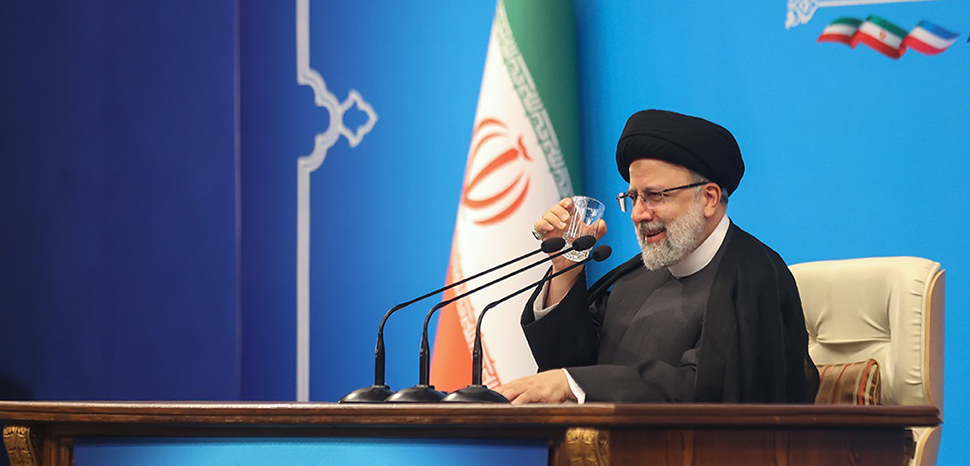
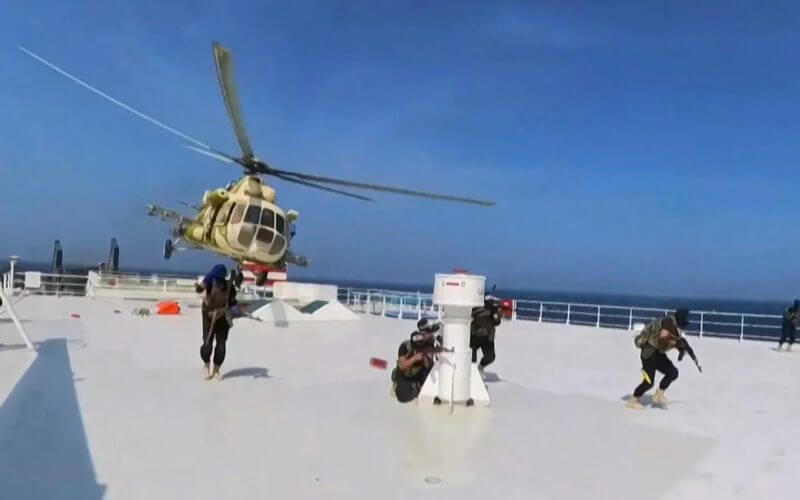
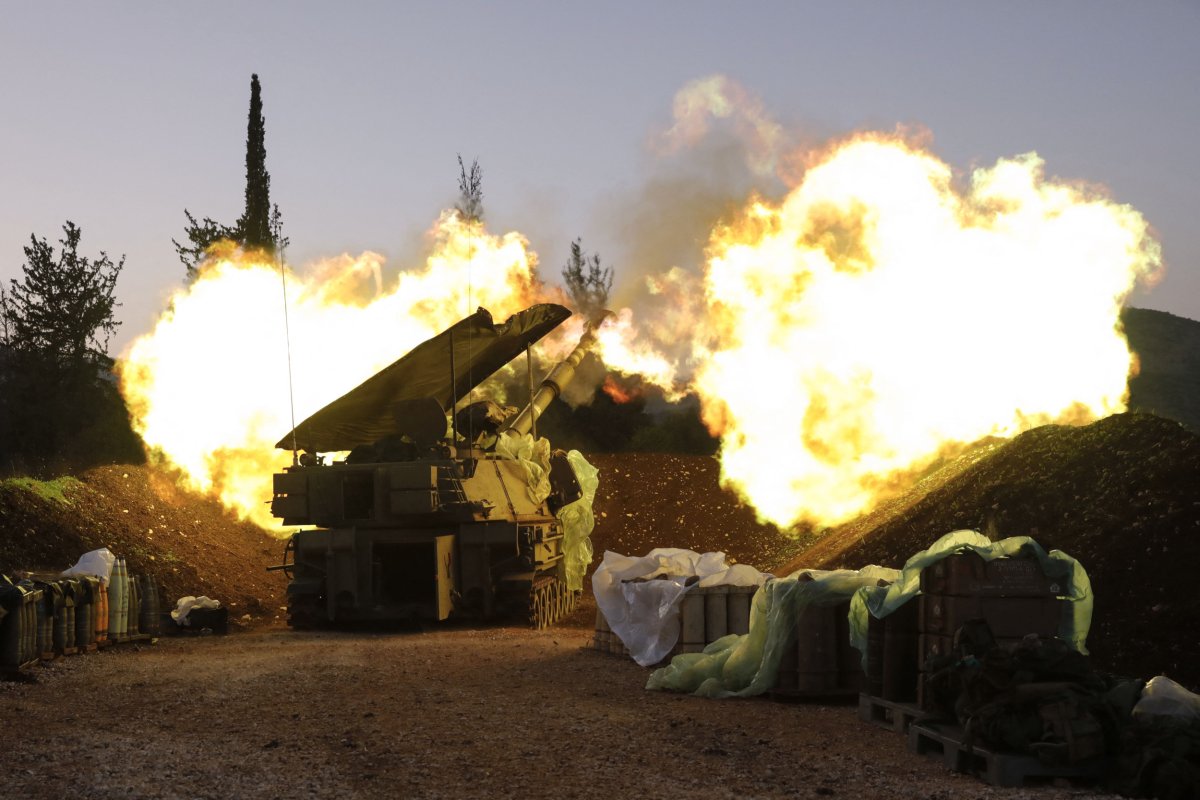
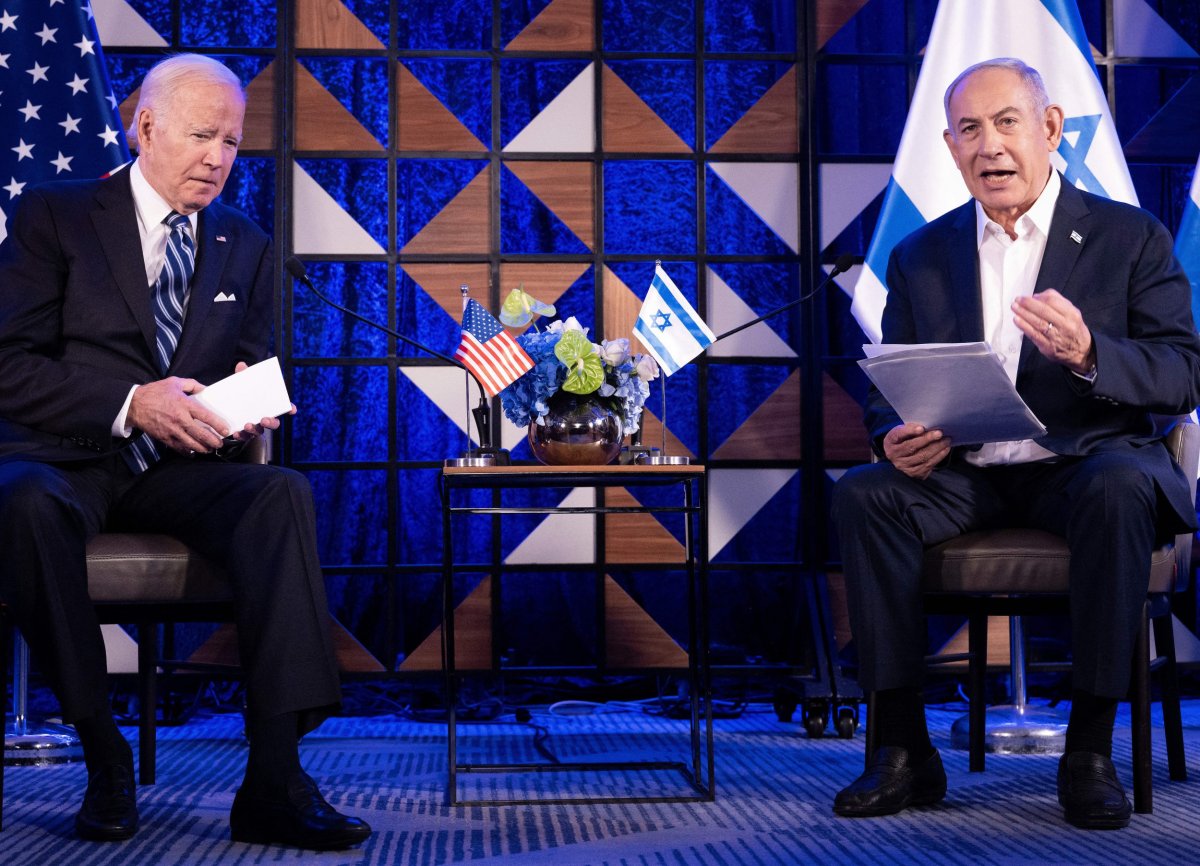

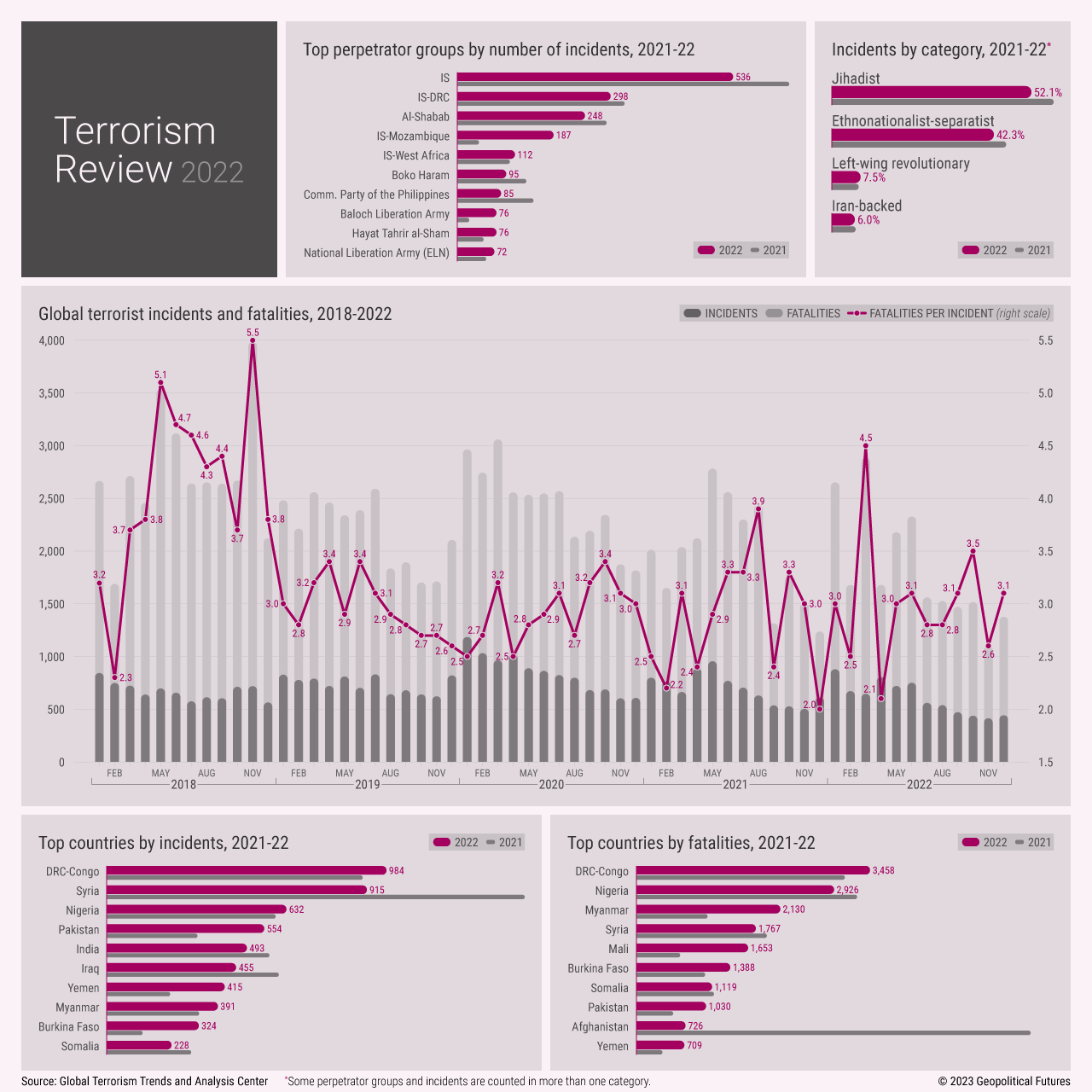



:quality(70)/cloudfront-us-east-1.images.arcpublishing.com/archetype/3BNASYVQLBHSZF2GVBD24LBOSM.jpg)

